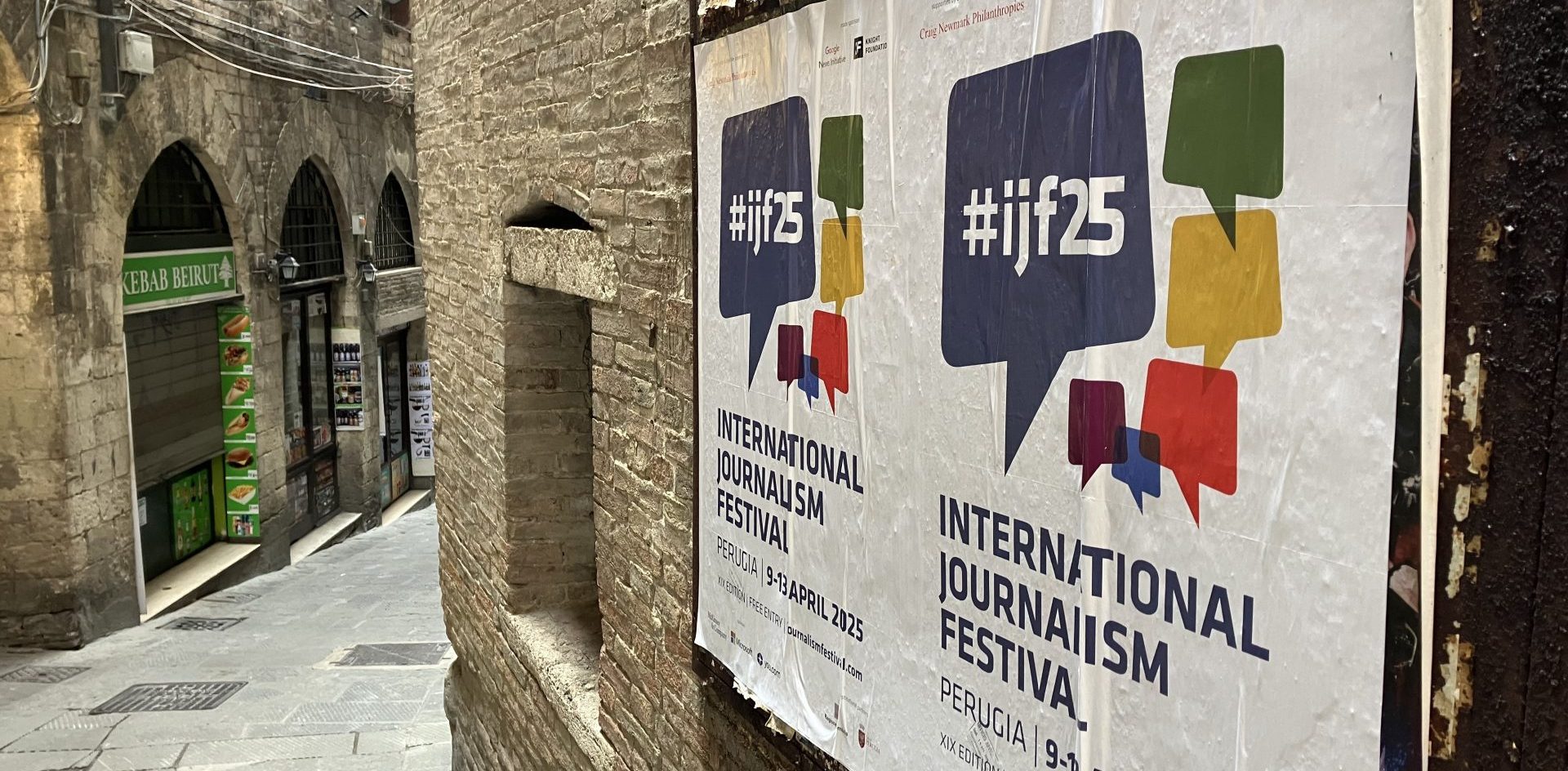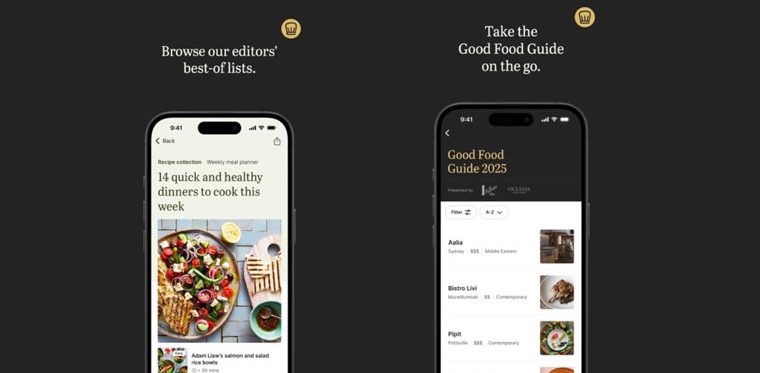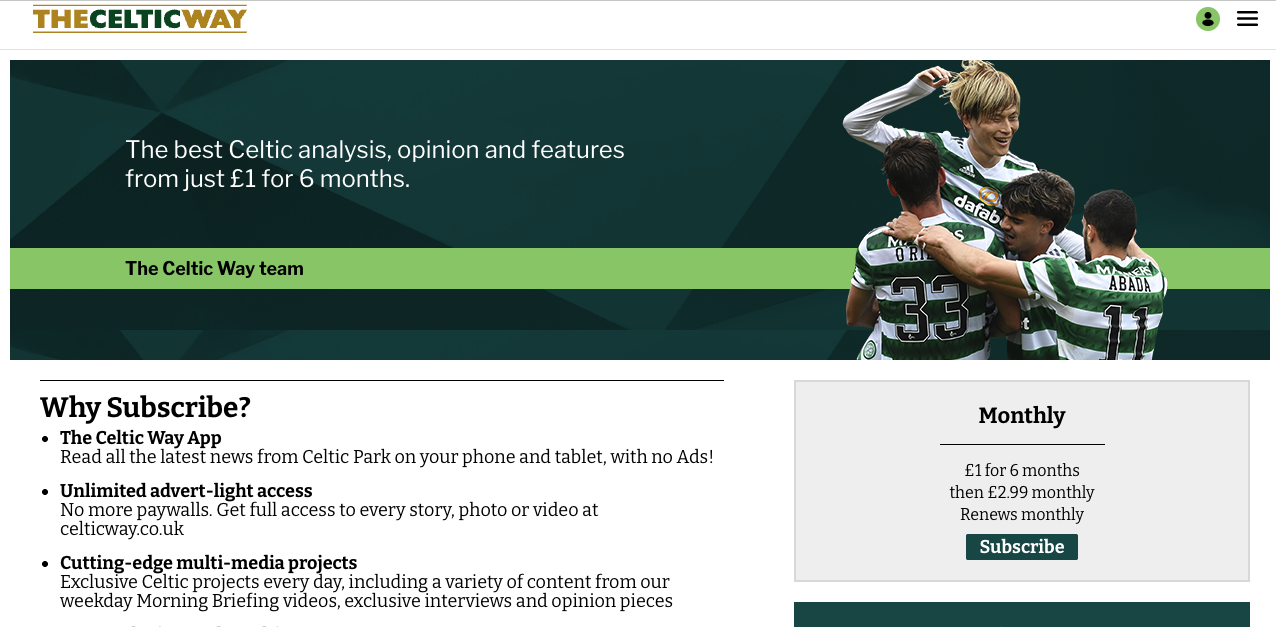
Newsletter
Newsletter
We highlight three different approaches to maximising paying readers and how publishers decided which one was best for them.
17th May 2024

Global advertising revenue will continue to grow in the coming years, but news media will capture a smaller percentage of ad revenue, WAN-IFRA found in its 2023-2024 Global Press Trends Report. It is the reason publishers have turned to reader revenue and other revenue streams including events, e-commerce and syndication to power their growth. Revenue operations have become a key activity for publishers. With declines in traffic and inflation topping their list of concerns, publishers are focused on growing the number of their subscribers and the revenue they earn from existing subscribers, according to INMA. We field many questions from publishers about how to maximise subscriber revenue, with a special focus on apps. The crux of many of these questions is: How can a media brand continue to attract new audiences whilst also acquiring audiences that pay?
Madeleine White, a friend of Pugpig and Co-founder & Editor-in-Chief of The Audiencers, considered how to strike this balance in a recent article for WAN-IFRA. As we have noted frequently in the Media Bulletin, whether through a free or reduced-price trial period or a metered paywall, most conversion efforts give audiences a chance to try before they buy. As Madeleine says, “Successful conversion to subscription is all about balancing frustration and engagement”. For her, optimising towards conversion is a constant balancing act between incentivising users to subscribe whilst avoiding driving too many away through a content journey full of friction. “The goal should therefore be to find a middle ground, engaging enough to counterbalance the frustration of the paywall while encouraging a reader to subscribe,” she says.
Madeleine considered three options for optimising your paywall conversion:
The first, Japanese publisher Nikkei, originally introduced a reasonably generous registration wall, where the user was allowed to read 10 free articles before being asked to subscribe. Initially, the results were encouraging; registered users were ten times more likely to subscribe than unregistered. However, as we know from our experience, 10 free articles satisfy the interest and needs of a large part of most audiences. Nikkei was no exception. They carried out an analysis that showed that many users were not hitting the 10-article quota so they set up an A/B test to trial lowering the number of available free articles.
This was a reasonably simple, common approach. The New York Times tweaked its metre several times before a complete relaunch in 2018. Indeed, most paywall providers offer out-of-the-box testing functionality making this very easy for publishers to achieve with limited effort. Nikkei tested four variants: showing the paywall after 10 views, three views, two views and one view. The results identified a single article view as the winner, as it produced a conversion rate 20% higher than the previous version. On the face of it, this was a success. However, it is important to note that the primary KPI that Nikkei wanted to influence was the conversion rate of the paywall. We don’t know the impact the tighter paywall had on the number of users visiting the site or on ad revenue.
Madeleine’s second example came from Alternatives Economiques (AE). The French publisher had a metered approach similar to Nikkei’s before moving to a wall where the user had to sign up to a newsletter to read the content. This allowed them to increase their digital-only subscribers from 7,000 to 20,000 users in two years. However, with Google phasing out third-party cookies in Chrome, they felt an urgency to collect more first-party data so they moved to a more common registration experience. Users are required to register to access content and then asked to subscribe after reading two articles.
This resulted in a lower “unlock rate” than they saw previously where the user only had to sign up to a newsletter, but it provided AE with valuable first-party data, their primary objective. However, they felt that a simple metre wasn’t the optimum conversion strategy, and they felt this treated all content the same. Shouldn’t some content always be reserved for subscribers?
AE tested this model for six months, after which they found that a user was 3.5x more likely to convert if the article was blocked for subscribers only. However, they ultimately concluded that this approach had a negative long-term effect. Although users would convert more quickly, a lack of engagement prior to conversion was leading to a big drop in retention and a higher rate of churn. This approach had created a leaky funnel. This is particularly interesting considering that much of the analysis of paywalls tends to focus only on the conversion rate, rather than retention. It often takes a considerably long time to understand the impact on retention, but there are ways that publishers can look at leading indicators, such as engagement in the days and weeks immediately after subscription but before renewal.
The final example from Madeleine examined Hearst UK. As Madeleine noted, both Nikkei and Alternatives Economiques had taken a “content-first” approach, focusing on the amount and type of content rather than the audience. However, Hearst has chosen to look at conversion through the lens of how likely a user is to subscribe and then target them with offers based on their propensity. The thinking behind this approach is that users naturally have different levels of engagement and motivations to subscribe. AI has been underpinning the development of dynamic paywalls, enabling increasingly sophisticated approaches that tailor offers to users based on several criteria. It is accelerating the development of these systems but increasing the velocity of testing and easing the management of the user data involved.
In each of the examples, what was clear was that each of the publishers had different objectives.
As Madeleine pointed out, these paywall strategies require the same core metrics to be measured, analysed and tracked. Broadly speaking they break down into two categories, engagement and paywall visibility. By looking across both metrics, a publisher can discover the number of conversions and overall impact on the digital experience.
However, it is important to note that success needs to be defined upfront and a framework established to track performance. Moreover, looking beyond initial conversion metrics and measuring retention and longer-term impact, as Alternatives Economiques did, significantly helped to prove benefit. As Madeline says, asking “how many articles should you offer for free before the paywall” sounds simple enough, but it is extremely complex based on factors including your publishing sector, goals and product mix. That has led to many different approaches, but in 2024, most publishers are focused on balancing growth in the number of subscribers with increasing the revenue they earn from them.
Here are some of the most important headlines about the business of news and publishing as well as strategies and tactics in product management, analytics and audience engagement.

Newsletter

Newsletter

Newsletter

Newsletter

Newsletter